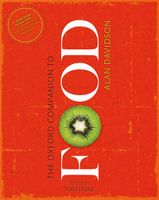Advertisement
Subtleties
Published 2014
While medieval diners ate, at formal meals, they observed the spectacle that was performed between courses. The course was called a met; the activities between courses were therefore the entremets (see entrée and entremets). The contemporary English term was ‘soteltie’. (The subjects, however, were not always subtle, as when a woman in childbirth was depicted as a soteltie for a wedding.)
There were two basic types: the plainer was a setpiece, made of anything from pastry or butter to wood and canvas; the more elaborate ones (entremets mouvants) included automatons or live participants. They were amalgams of song, theatre, mechanics, and carpentry, combined to convey an allegorical fantasy or even a political message.


